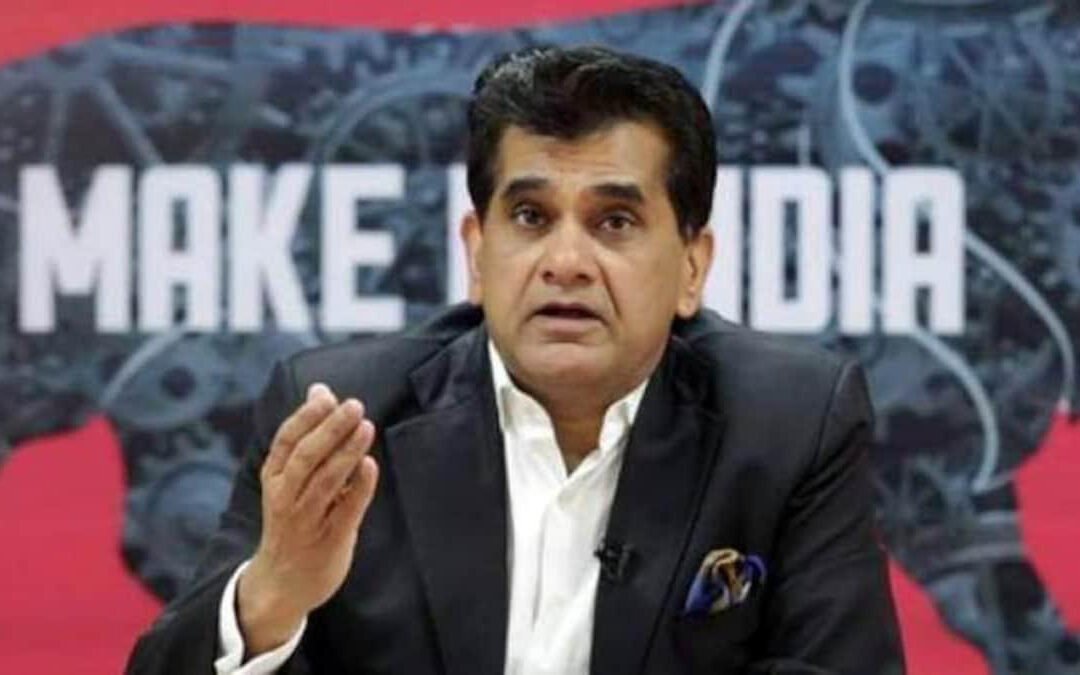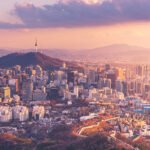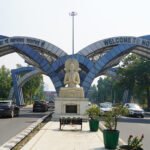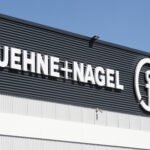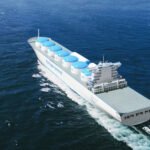Taking this vision forward, Governments FAME (faster adoption and manufacturing of hybrid and electric vehicle) II outlay of Rs 10,000 crores had 35 per cent allocated for electric bus procurement.
Recently on launching Convergence Energy Services Limited (CESL) tender for electric buses Amitabh Kant the CEO of Niti Aayog said that not just for personal mobility, the focus should also be on electrifying public transportation in India. The drive towards electric mobility should not only be for personal mobility otherwise the issue of congestion will be aggravated and well never be able to provide equitable access of transportation for our citizens. We should primarily focus on moving people and not moving vehicles which can only be achieved through public transportation
According to the report CESL, a wholly-owned subsidiary of Energy Efficiency Services Limited (EESL), announced the floating of a request for proposals for the biggest-ever demand for electric buses, under the Grand Challenge, a set of homogenised demand for electric buses aggregated across five major cities. On this Kant said “Major automobile players like Ashok Leyland, Tata Motors JBM, etc. along with new players from South Korea will be taking part in the tender which could be between Rs 3500 to 5500 crore.

On this Kant said “Major automobile players like Ashok Leyland, Tata Motors JBM, etc. along with new players from South Korea will be taking part in the tender which could be between Rs 3500 to 5500 crore.
Automobile sector accounts for 49 per cent of manufacturing, 7.2 per cent of India’s GDP and generates 40 lakh jobs. India’s sales of vehicles will more than triple from 2.5 to 8 crores in 2030. Further Amitabh Kant added Presently India is only 20 cars per 1000 people compared to 800 in USA, thus, having immense growth potential in coming years. Vehicle growth cannot follow the approach which America or Europe has undertaken. Otherwise, India would require more than 4 planets to meet the vehicle demand. Cities of tomorrow need to embrace the concept of transit-oriented development where public transport is really the backbone and all urbanisation happens around public transport. This will be a key determinant of ease of living, affordable, inclusive and safe mobility along with a zero-emission based public transportation system.
Kant also said that, In the latest procurement, EESL was allocated the responsibility of delegating demand of e-buses for 9 lighthouse cities of e-mobility with 4 million plus population. Our objective is to converge and integrate demand of these cities so that we can get reduced prices. This is the biggest grand challenge in the world. And it’s a difficult exercise given the heterogeneous demand of our cities.
Mahua Acharya, the MD & CEO, of CESL said. The real meaning of aggregation across cities under an OPEX model is actually homogenisation. This Grand Challenge Tender represents efforts by so many people STUs, OEMs, financiers, Niti Aayog, DHI and of course my colleagues. This is the biggest ever scheme in the world and is based on an innovative, asset-light model that make it possible for STUs to deploy affordably and at scale.

This is the biggest ever scheme in the world and is based on an innovative, asset-light model that make it possible for STUs to deploy affordably and at scale.

